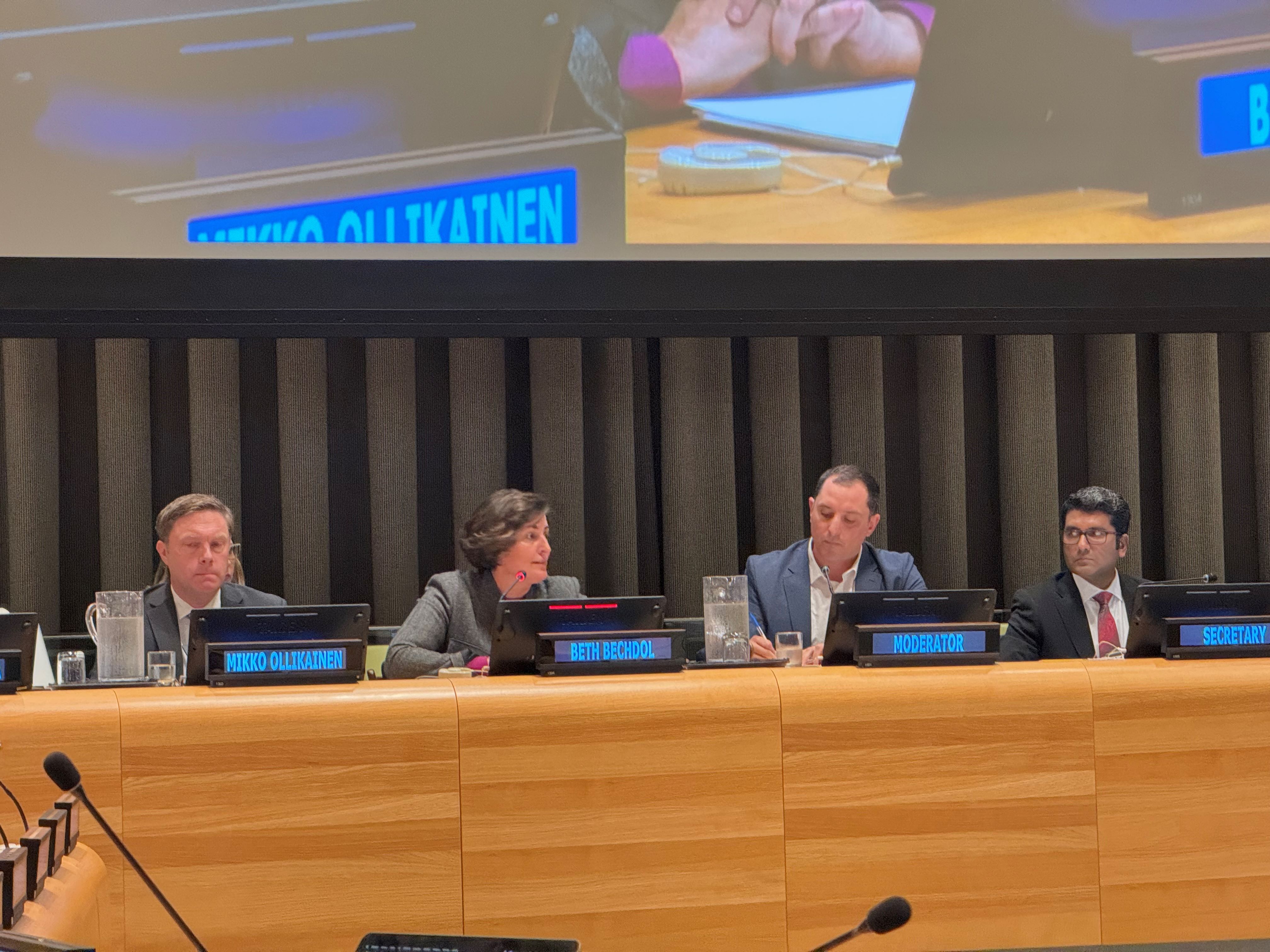About 500 lives and at least $500 million could be saved in NSW each year if just 55 per cent of under 65s had an influenza vaccination, according to a new report.
The Boosting NSW’s Influenza Vaccination Rate report, released today by NSW Productivity Commissioner Peter Achterstraat AM, found that the state could maximise money and lives saved by vaccinating up to two million more people under 65 against the flu.
Every extra jab on the way to this target will create potential savings every year between $250 and $640.
The annual economic benefits, which could reach up to $1.3 billion, include avoiding millions of lost work hours, thousands of flu-related hospitalisations and GP consultations, and saving healthy life years each year.
The report found savings and economic benefits comfortably outweigh the cost of vaccination, which is estimated to be around $40 per person when administered in a mass vaccination setting.
“NSW had a severe flu season in 2022, with an estimated 116,000 influenza cases reported. The flu season in 2023, still ongoing, has also been relatively severe with more than 85,000 cases reported to date,” Mr Achterstraat said.
“The effective vaccine we have already saves lives and limits the financial cost of influenza – but more can be done.”
Young, healthy people, particularly school-aged children, tend to have more social interactions than others so are more likely to spread diseases like the flu.
Existing public health strategies focus on vaccinating people over 65, children under five, pregnant women and immunocompromised groups. The report found that building on these efforts by also targeting healthy people under-65 could better prevent transmission and provide greater protection to vulnerable people.
Mr Achterstraat said evidence from overseas demonstrated the effectiveness of this approach.
“Ontario, Canada expanded their flu vaccination program to include young and healthy people in 2000. Since then, flu-related deaths fell by almost three quarters,” he said.
“In NSW each year, deaths from influenza-like illnesses range between 6-12 deaths per 100,000, depending on the severity of the flu season.”
“Currently, it is estimated only 25 per cent of people under-65 get their annual flu jab. A 55 per cent vaccination rate in this cohort can provide nearly the same benefit as vaccinating 100 per cent of us, but at a fraction of the cost.”
“According to the report, vaccinating people in schools and workplaces could go a long way to achieving the target vaccination rate. Mass vaccination in these settings removes the personal cost and inconvenience of vaccination and could be much more cost effective than offering the vaccine in a GP setting.”
The full NSW Productivity Commission’s Boosting NSW’s Influenza Vaccination Rate report can be read here: https://www.productivity.nsw.gov.au/boosting-the-NSW-influenza-vaccination-rate






